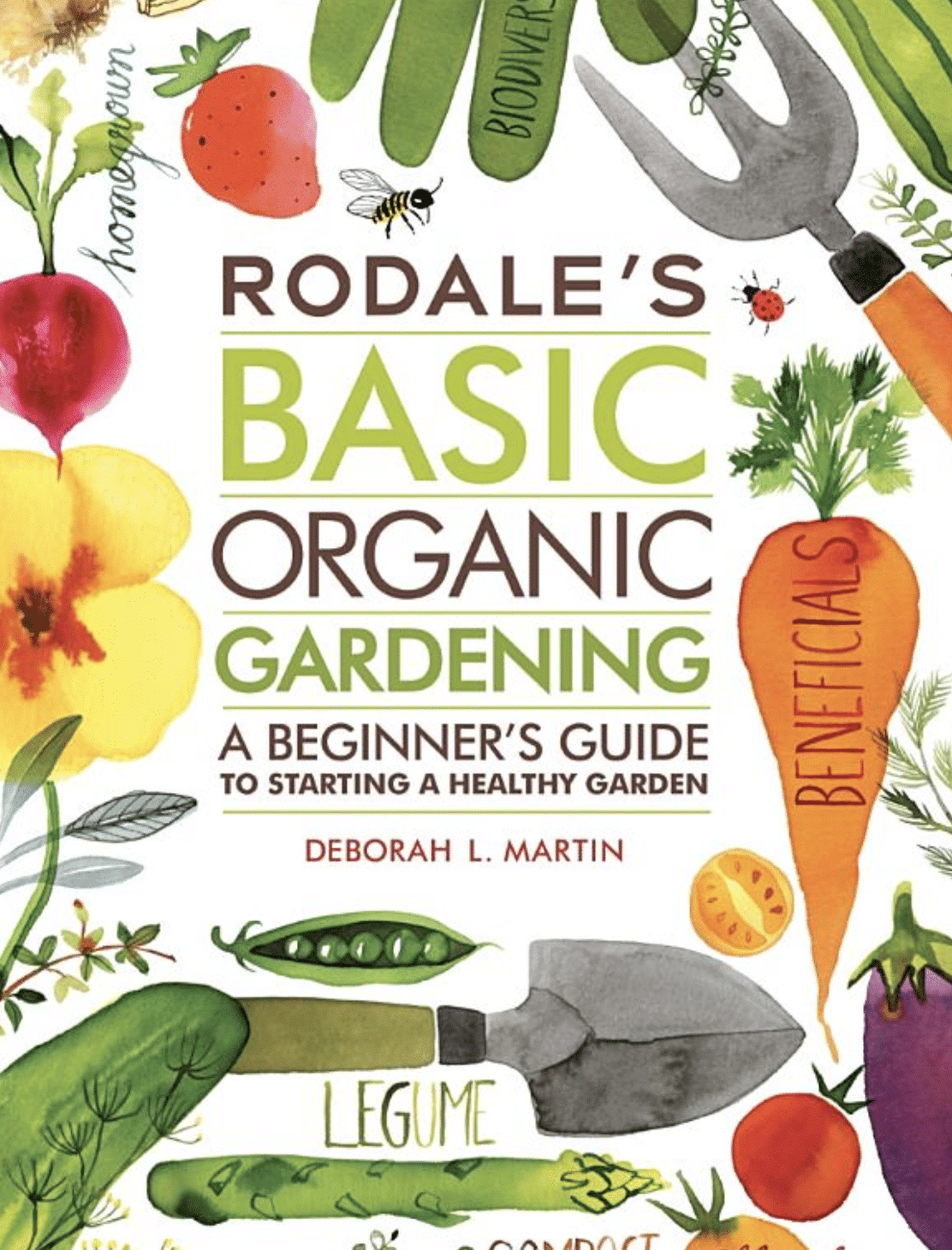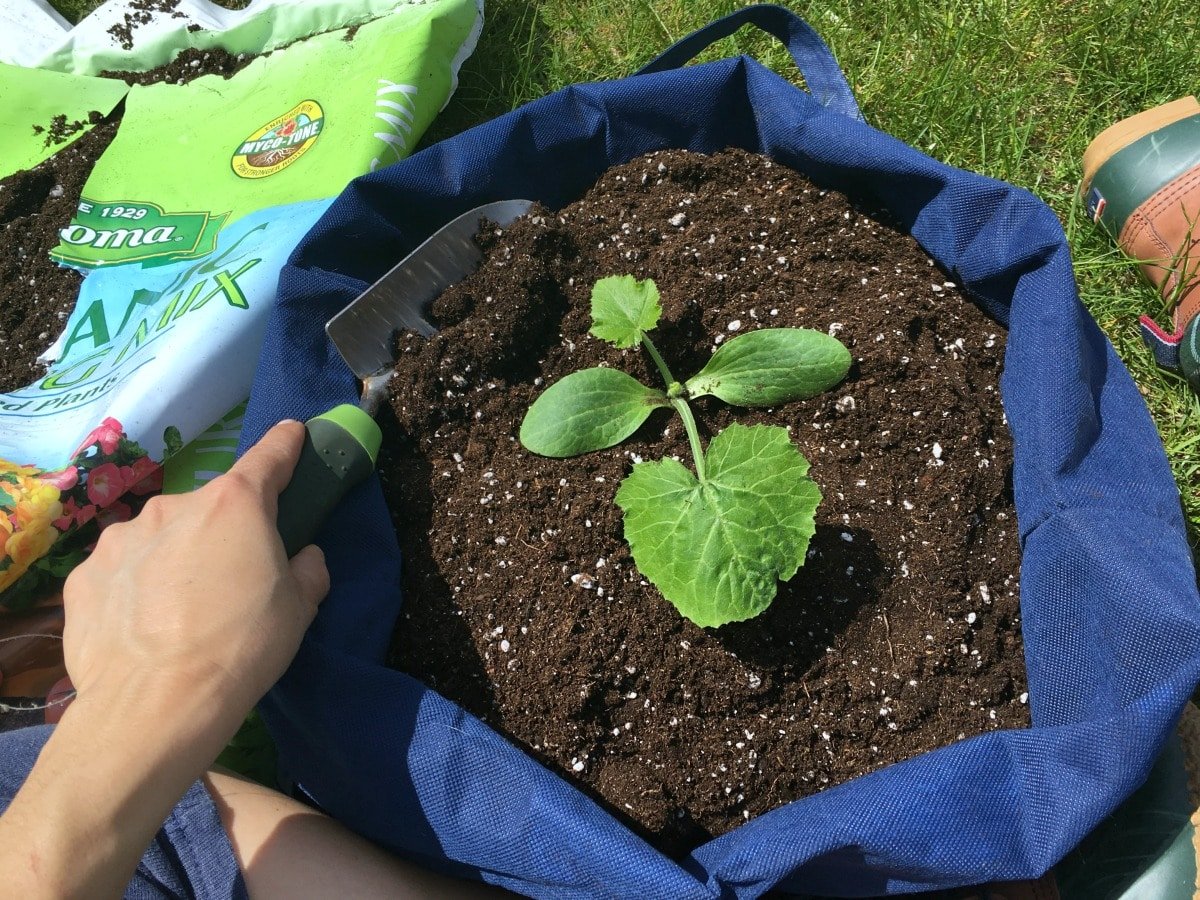Container garden is a fun and creative way to grow vegetables, herbs and fruits when you don’t have the space to grow a conventional garden. You may also want to consider a container garden if you are a beginner or don’t have the time to devote to a large garden. In my case, I grow in containers as an addition to my existing garden and for accessibility purposes.

Table of Contents
In this post we are going to cover the basics to start your first container garden. Here are the things you need to consider;
- Choose the containers
Choose containers that are large enough to support plant growth. There are several types of containers to consider, so without getting into specific details, all a beginner needs to know is the right size and whether there are drainage holes. Hanging baskets make good use of extra space and are a great option to grow strawberries and cherry tomatoes. In a later post we will get into details. For the time being however, it will probably be more overwhelming then helpful. If you are looking to spend as little as possible in our first garden, consider household items such as baskets, fabric bags (such as re-usable store bags), wooden boxes, buckets, totes, wagon, old drawers, etc… Just be sure to poke drainage holes in the base to allow excess water to drain away.
2. Choose the location
Although being able to move the containers (if they aren’t too heavy) is one of the advantages of a container garden, it is very important to find it’s permanent location and ONLY move if needed. Where I live is very windy and sometimes the temperatures drop significantly at night, which makes sense for me to move a few plants in the house that do not tolerate cool temperatures. Place containers where they will receive maximum sunlight and good ventilation. Heat loving plants such as tomatoes and peppers will benefit from the most amount of sun while lettuce like partial sun.


3. Choose the plants
Choose the fruits and vegetables you and your family like. However, consider planting varieties that mature quickly and are as productive as possible to give you the most of your small space. Herbs are generally easy to grow and you can plant them all in one pot or hanging basket. Tomato plants, peppers, summer squashes do really well in containers, just be sure to offer support as the plant grows like trellis and cages. If you have young children and want them to be involved, consider growing carrots, radishes and strawberries. These varieties are not only easy to grow, do well in containers and are super fun to pick. Lettuce like partial sun and are also easy to grow. My favorite are the cut-and-come-again salad leaves, once cut these will grow again in just a couple weeks. To make the most out of your space consider bunching together plants that grow well in same conditions (see suggestion below). Seek extra advice when selecting your plants and choose the varieties that do well in your region.
4. Choose the soil
If you have land you might be tempted to dig out your own soil but I would recommend that you don’t. The soil on the ground is very heavy and dense and may not have the right properties that a young plant need to grown successfully. I always use and recommend a rich blend of organic potting mix that has a good water retention ability. If you are starting from seeds, it is important to use a seed starting mix, often times a potting mix is too rich and doesn’t drain well enough for seedlings.
5. Preparing the container to plant
If the pot is too deep one option is to use fillers, such as gravel, pinecones or wood chip mulch, but be careful not to limit the amount of space for the plant roots to grow. Don’t worry about loosing soil through the drainage holes and you can always place a layer of paper towel or newspaper over the holes before adding potting soil. Fill the container with a high quality organic potting mix for potted plants, then water the soil thoroughly before planting.

6. Planting the seeds/ seedlings
Seeds – Raising plants from seed is an easy, inexpensive and fun way to grow your vegetables. Your two options are; to get a head start by planting the seeds indoors in a sunny room in late winter/ early spring seeds OR you can direct sow the seeds right in the container they will grow to mature, when the weather is consistently warm. By choosing to start the seeds indoors you get a longer productivity. Follow seed package instruction and don’t forget to use seed starting mix!
Seedlings – If this is your first experience growing vegetables you may want to consider buying the young plants (seedlings) instead of growing from seeds. However, you may be limited as to what varieties are available at your local nursery or garden center. I personally mix and match. To help you with this decision do a little research on your list of chosen vegetables to see which varieties are best depending for your location. Once you buy the young plants and are ready to transplant to the big container be sure to ‘harden off’ by exposing the young plants to the outdoor conditions for a few hours each day for at least one week. This process allow the seedlings to adjust gradually to outdoor conditions such as wind and sun.
When ready to plant, make holes as deep as the current plant roots. Place the plant in the hole and fill the area around it with soil until where the stem meets the roots. Press gently to ensure that the roots have solid contact to the soil. Keep the soil moist and give the young plant the protection it needs (if any) from the outdoor conditions.

7. Caring for your plant
Water when the soil is dry. This will very depending on many factors such as the type of pot, the weather and soil type. Check your plants everyday to see if it needs more water. Also, be sure to offer appropriate support as the plant grown and do a little research about each plant you choose for your first vegetable garden during your spare time. This will help you understand what each plant needs to thrive.
Plants that grow well together:
- Beans, carrots, squash
- Eggplant, beans
- Tomatoes, basil, onions
- Lettuce, herbs
- Spinach, chard, onions
Now it’s time to sit back, relax and enjoy! Don’t worry if you forgot a step, you will learn more as you go.
PIN THIS IMAGE FOR INSPIRATION!














You’re an amazing lady, wow, your husband must really be proud of you., amazing and pretty.